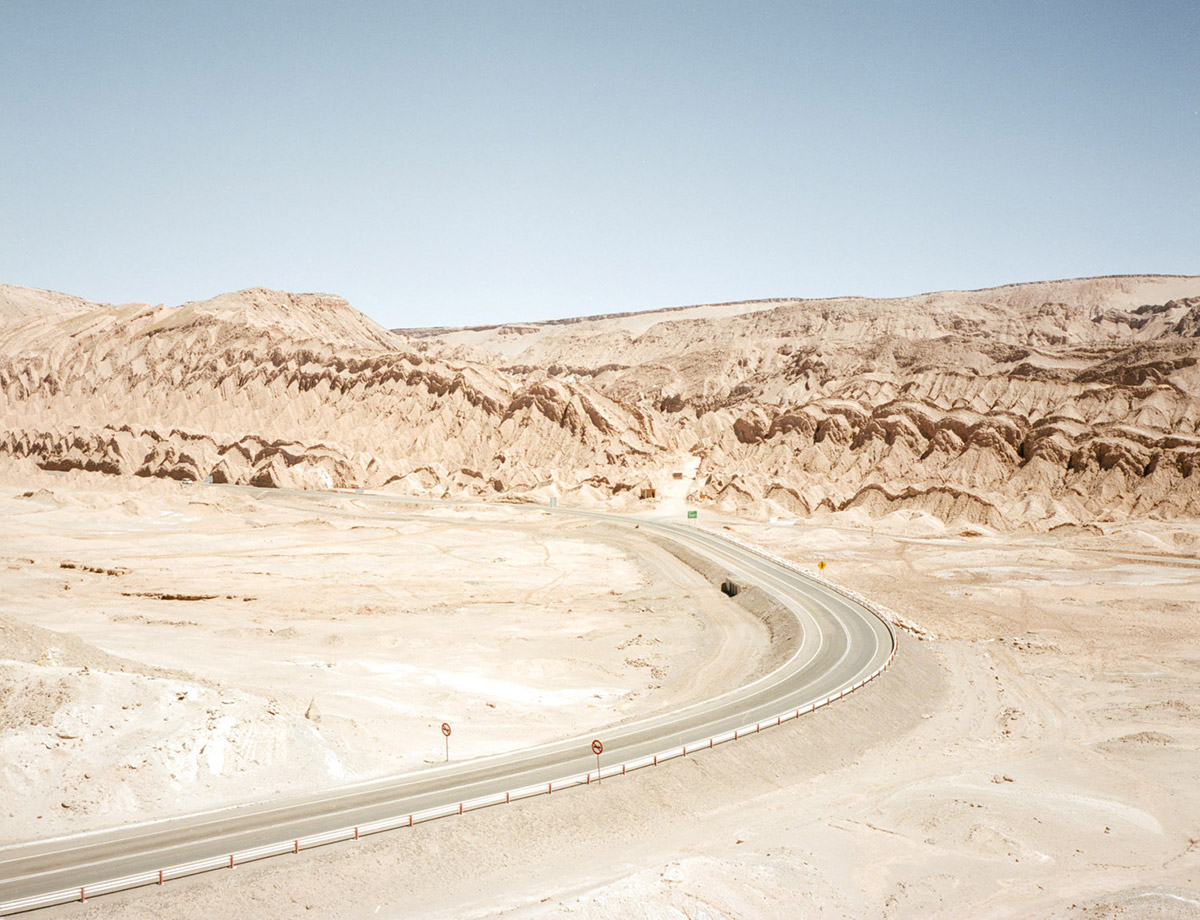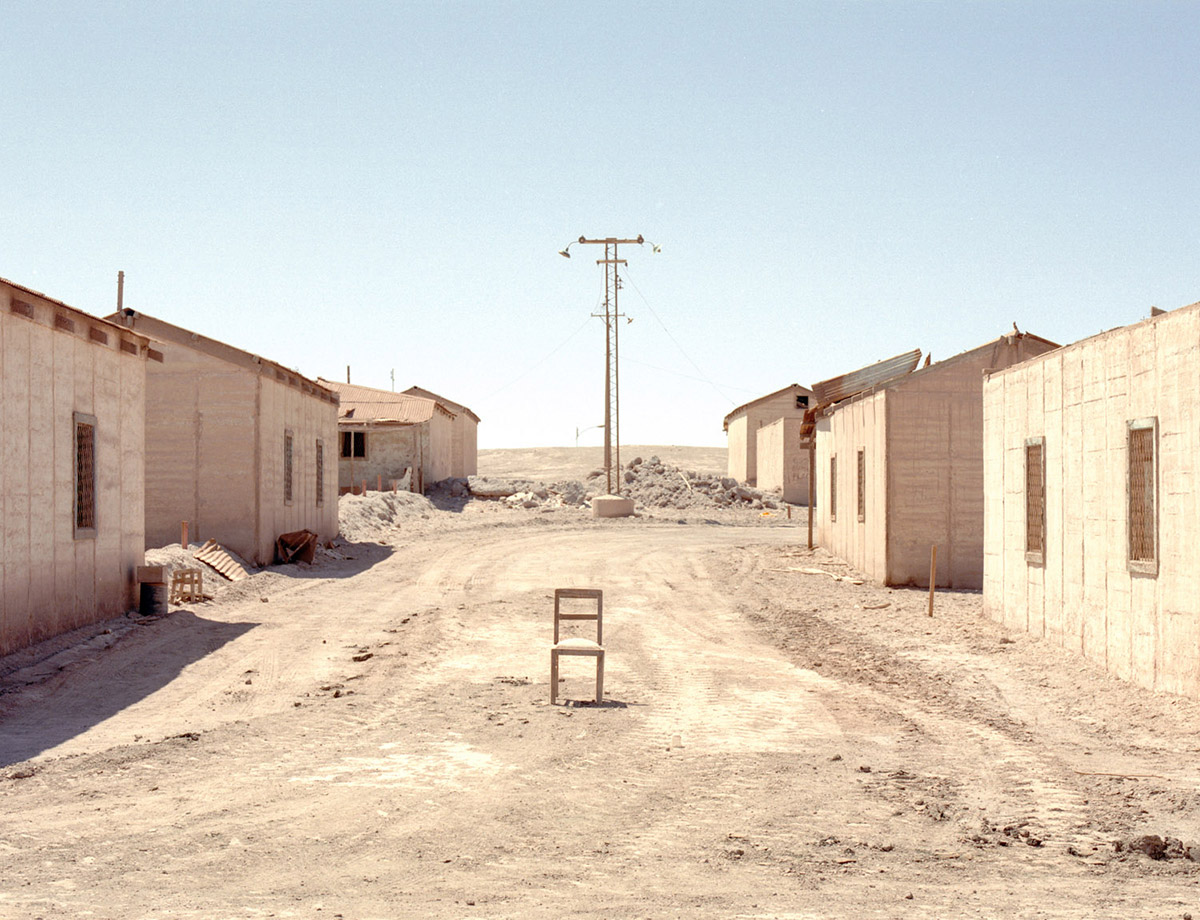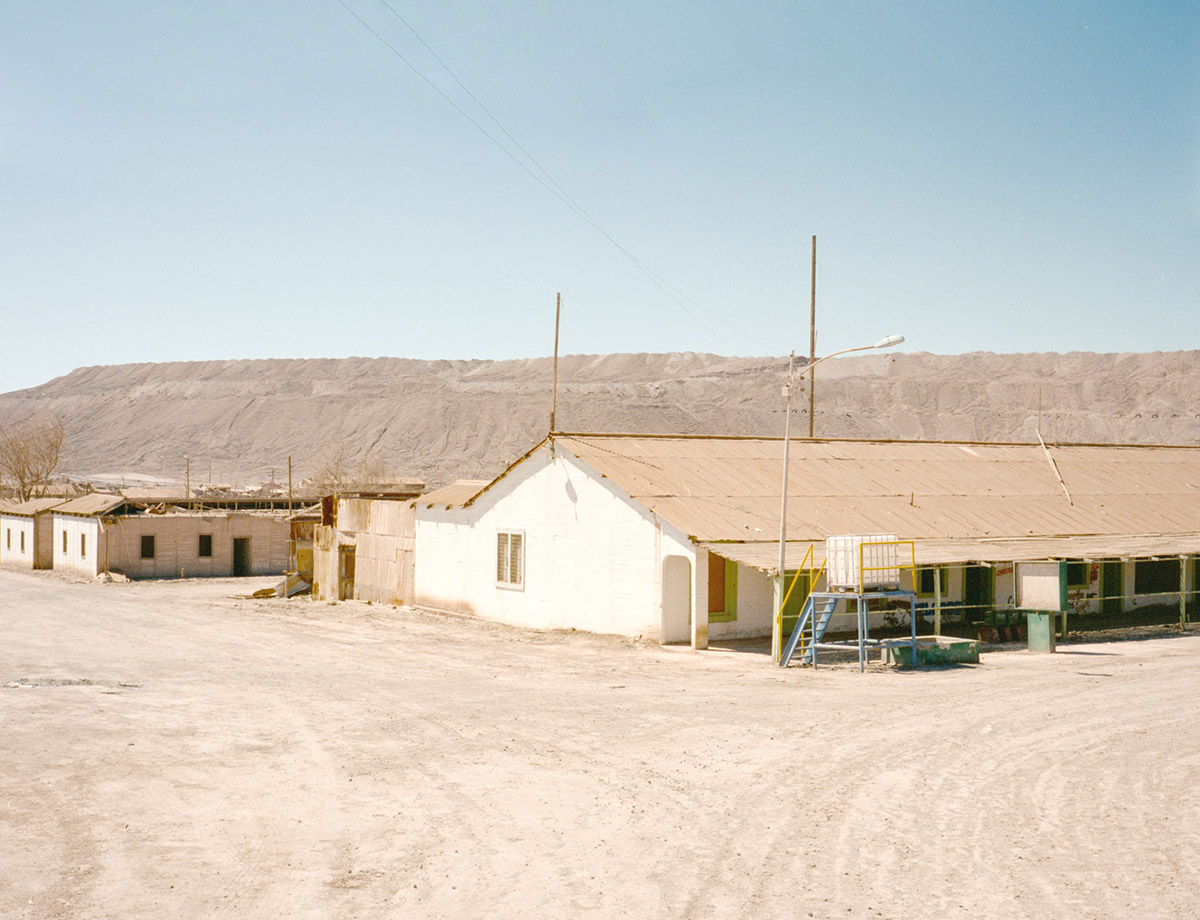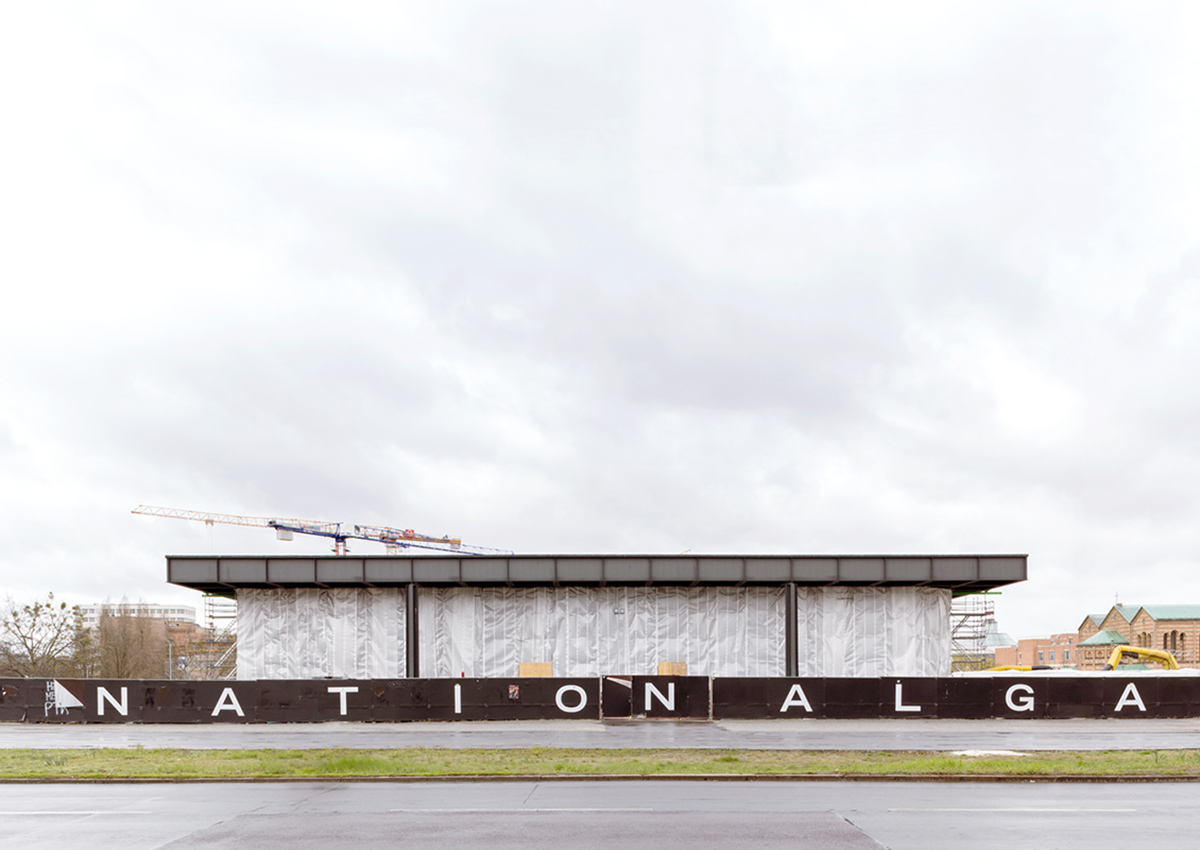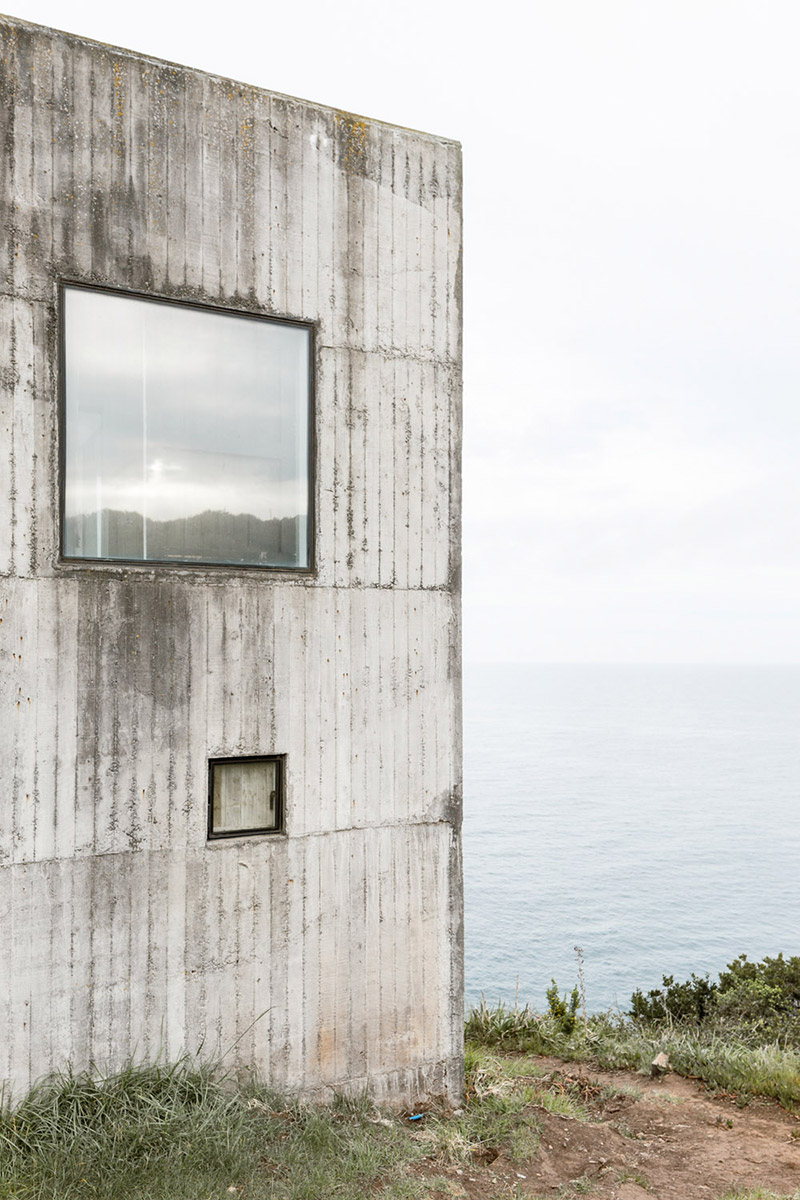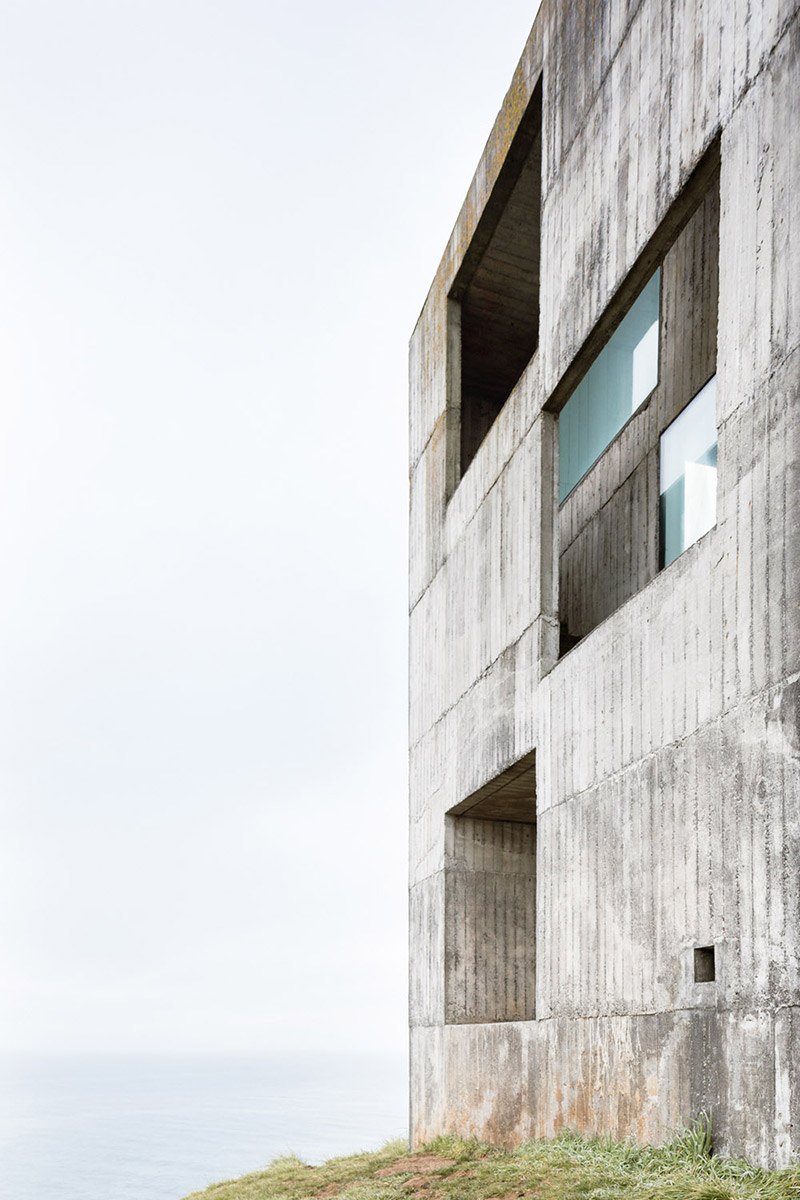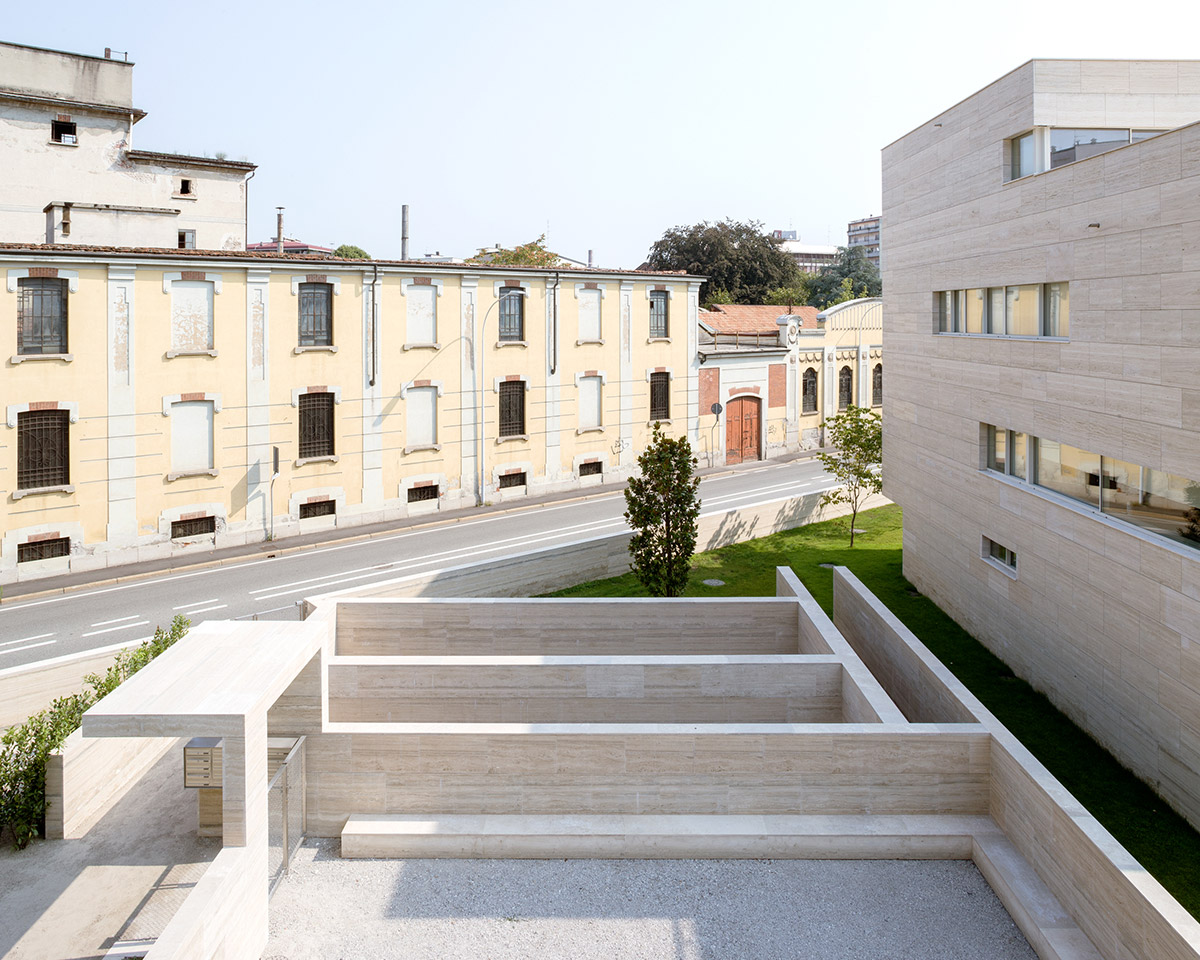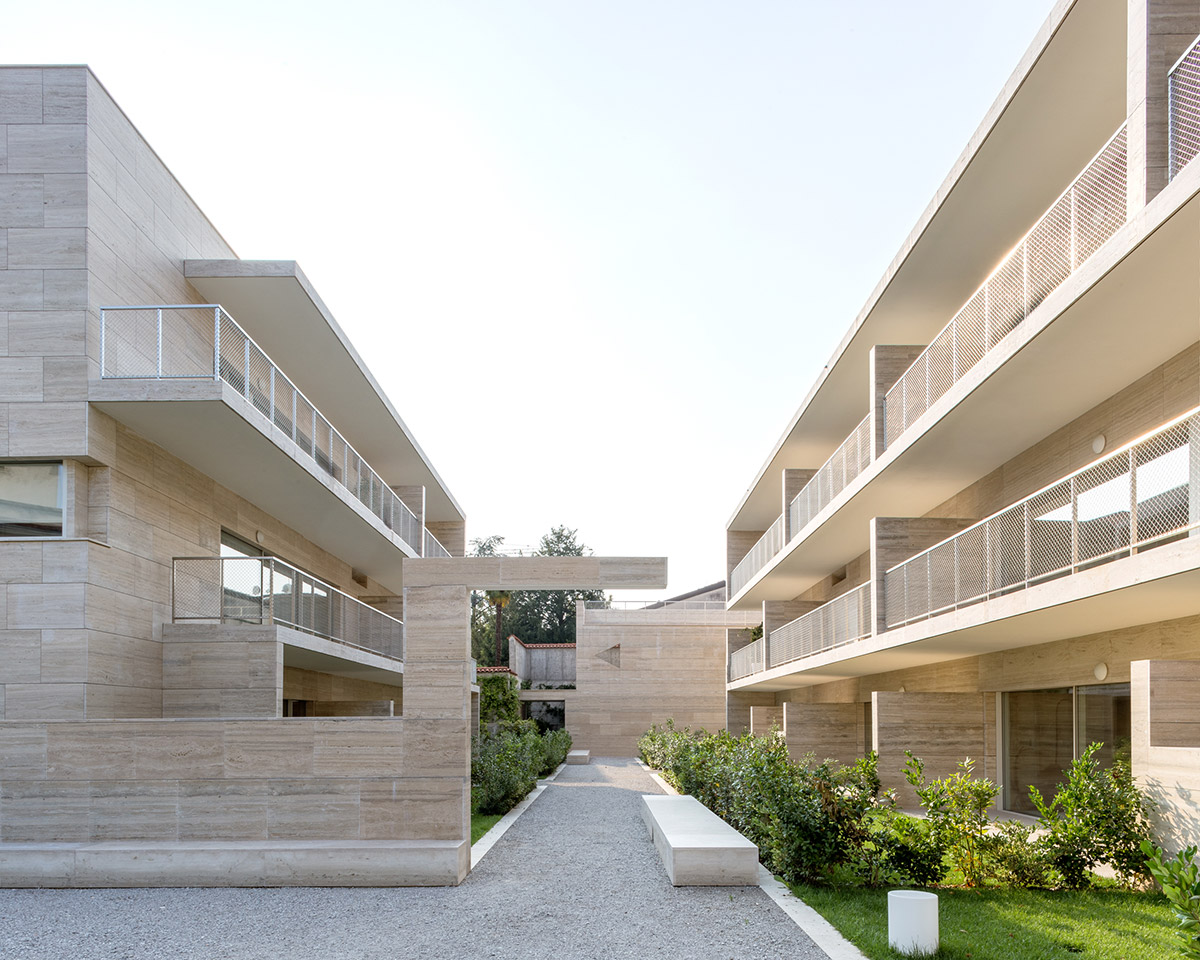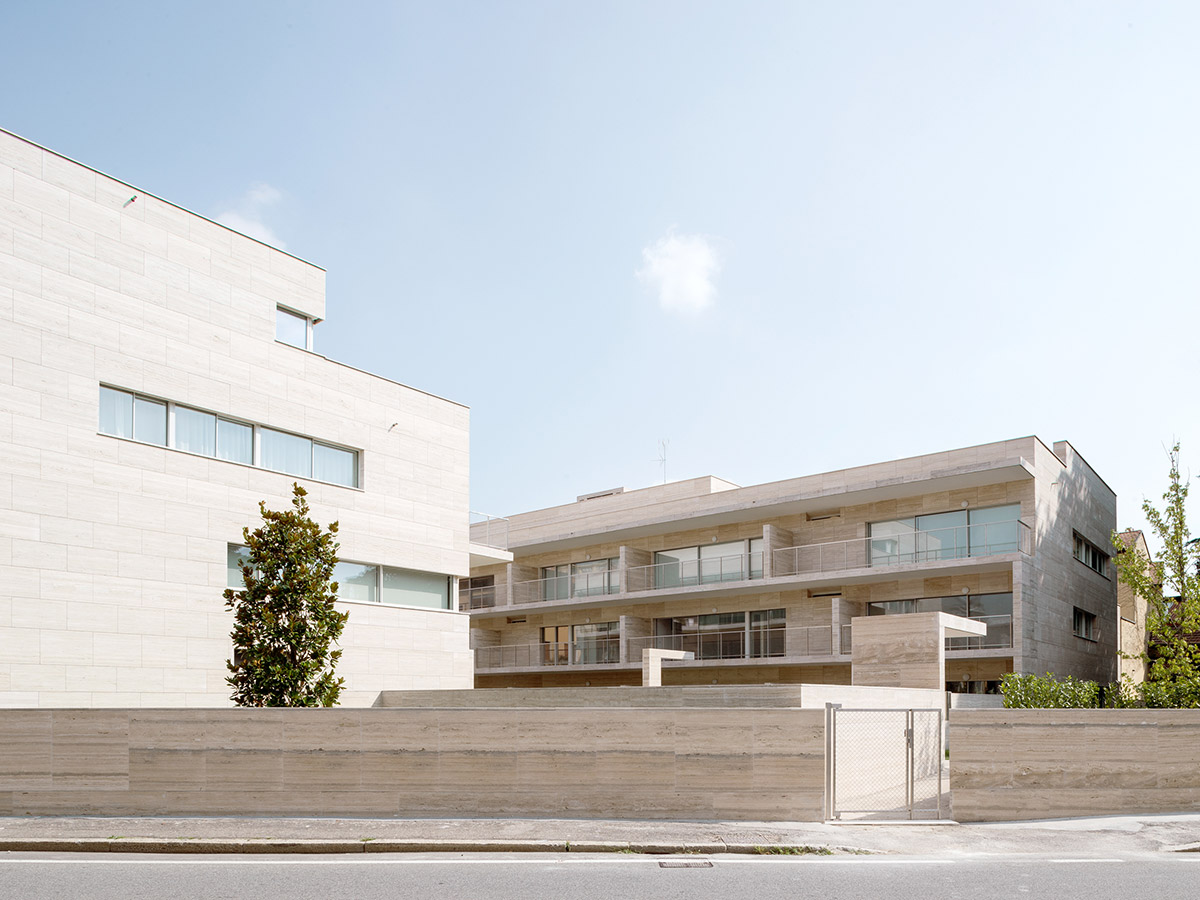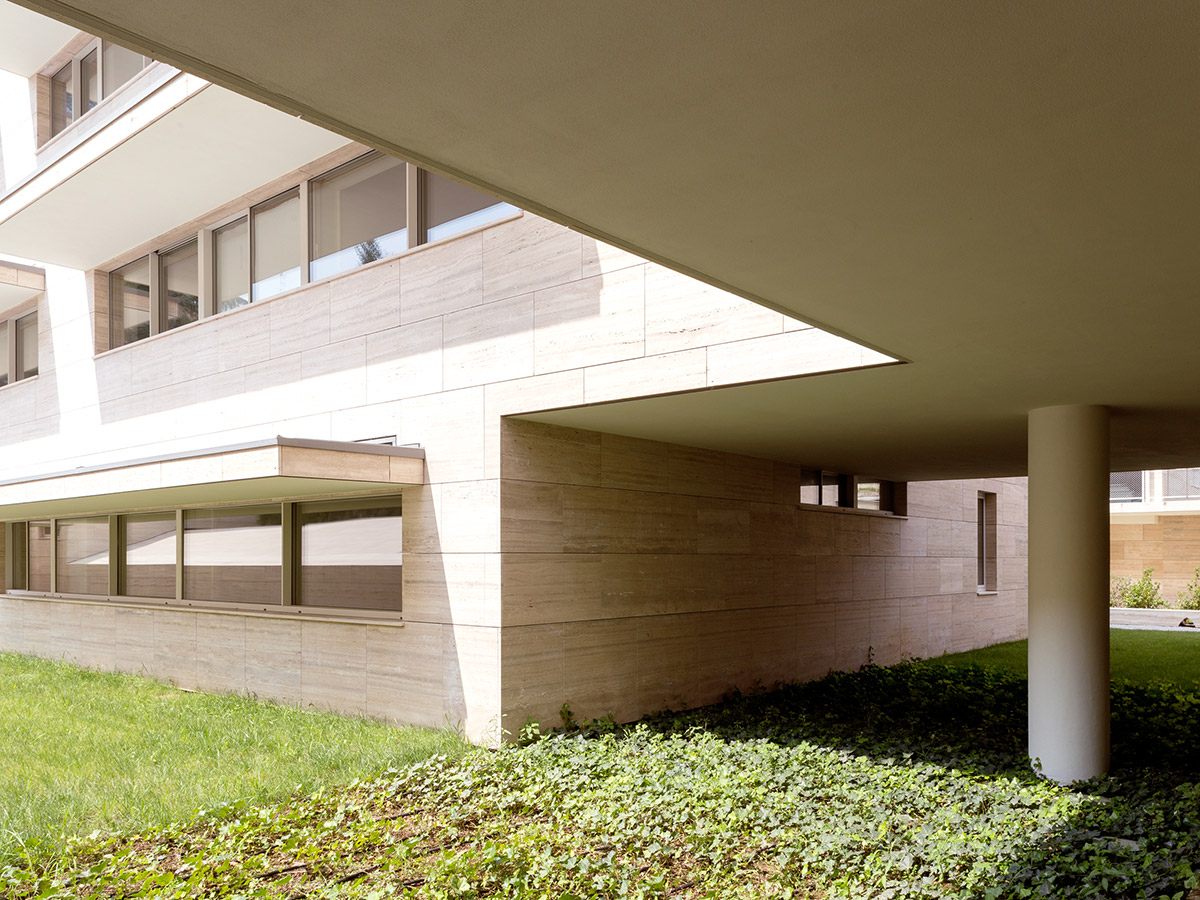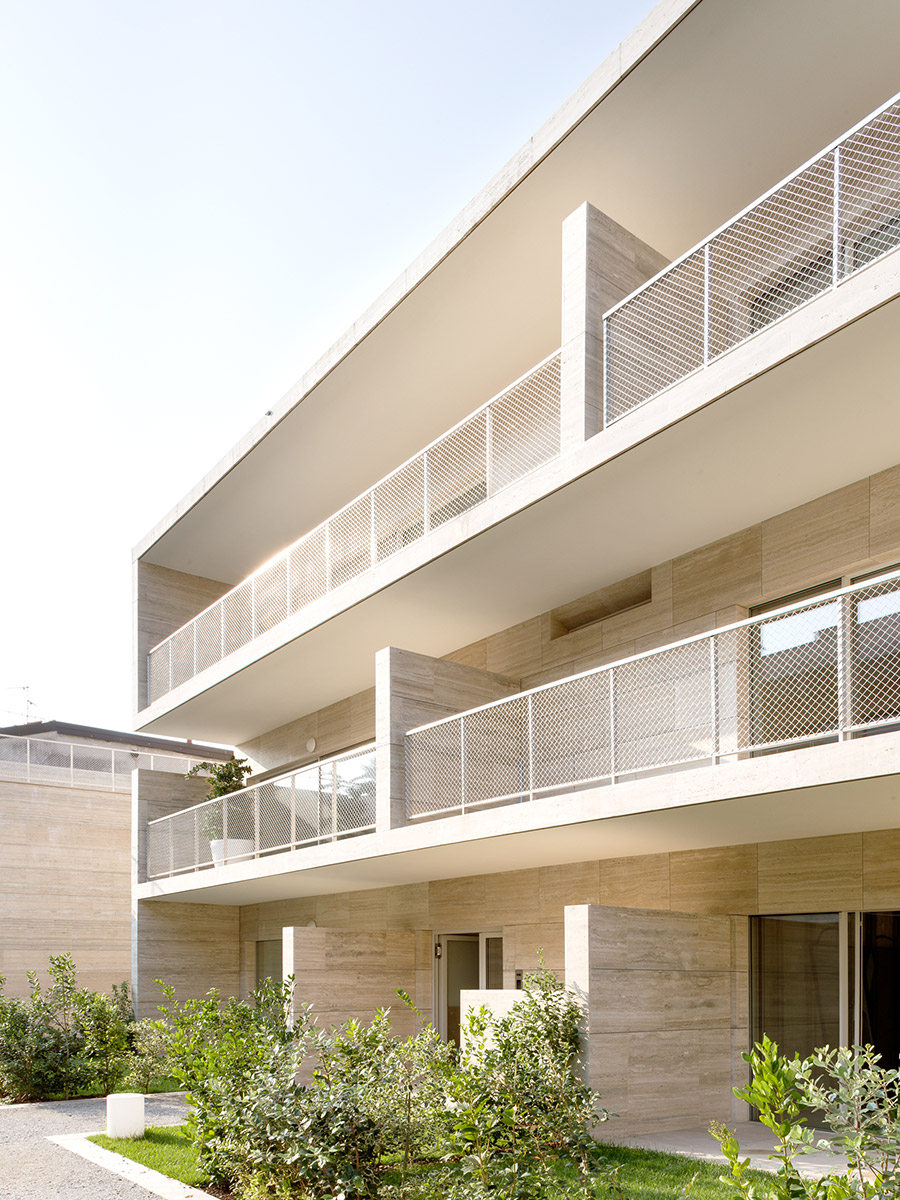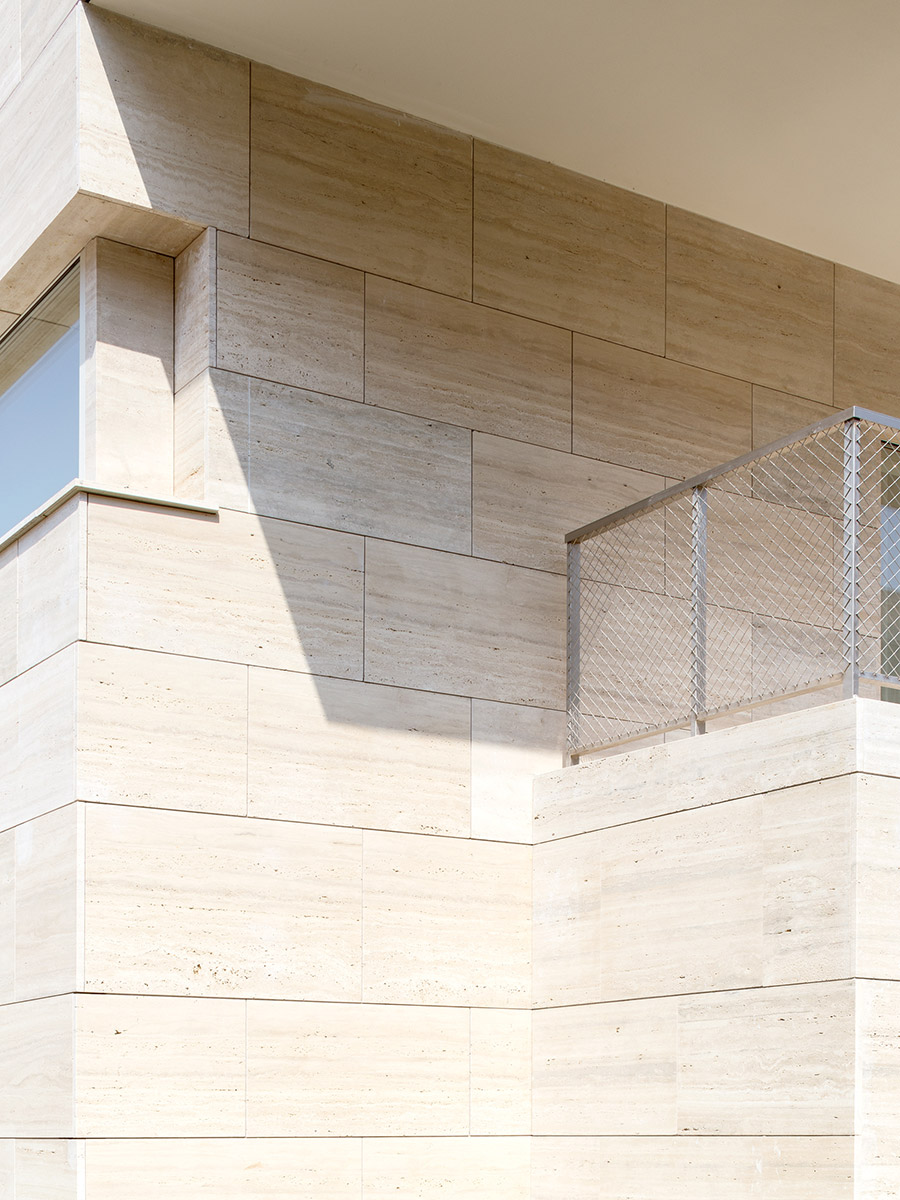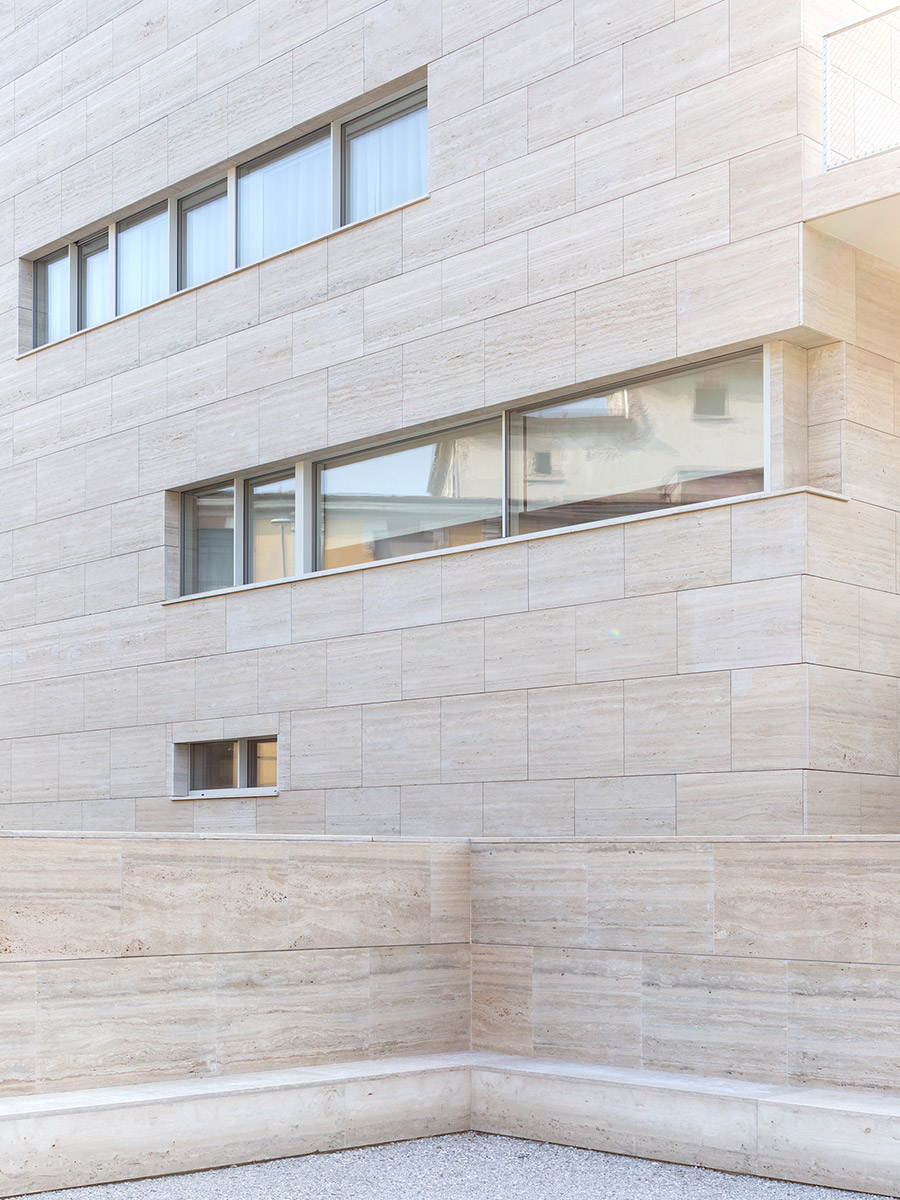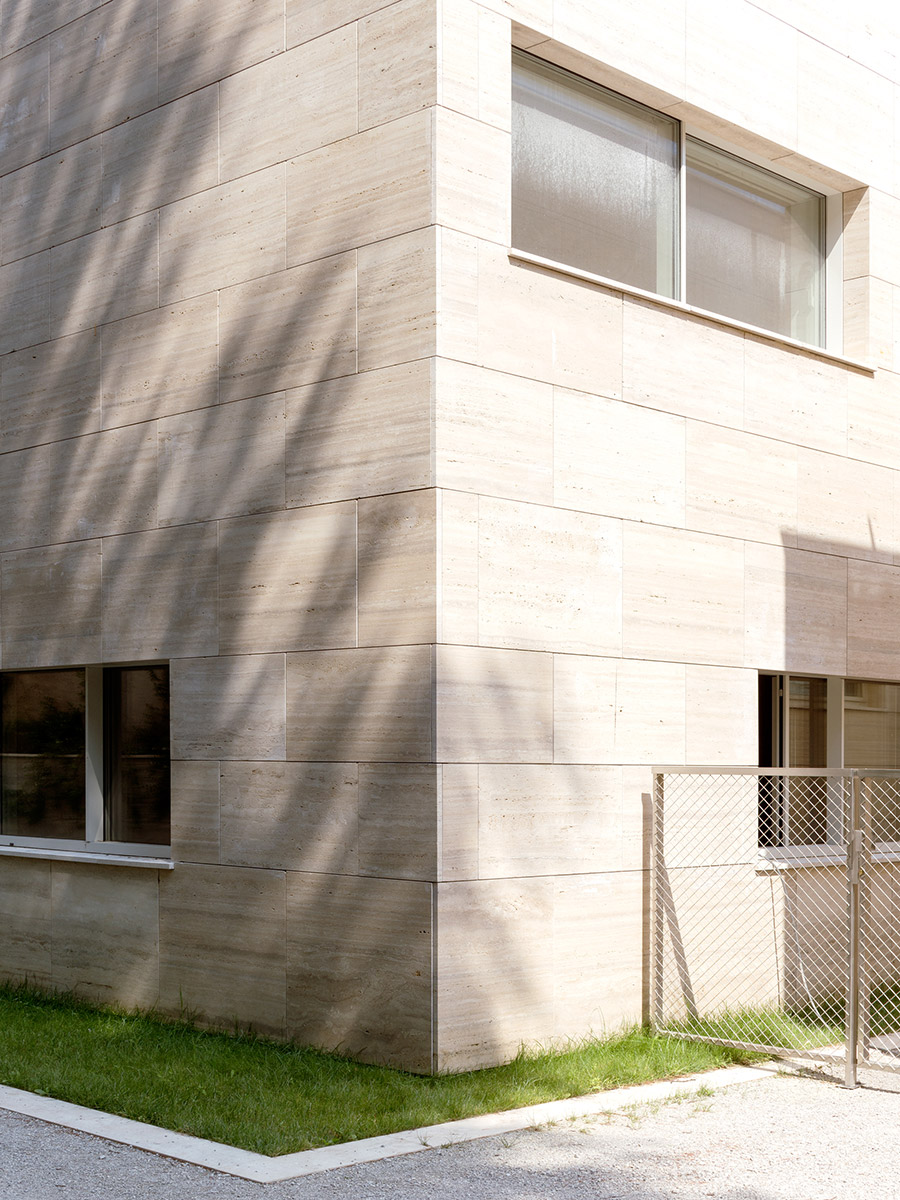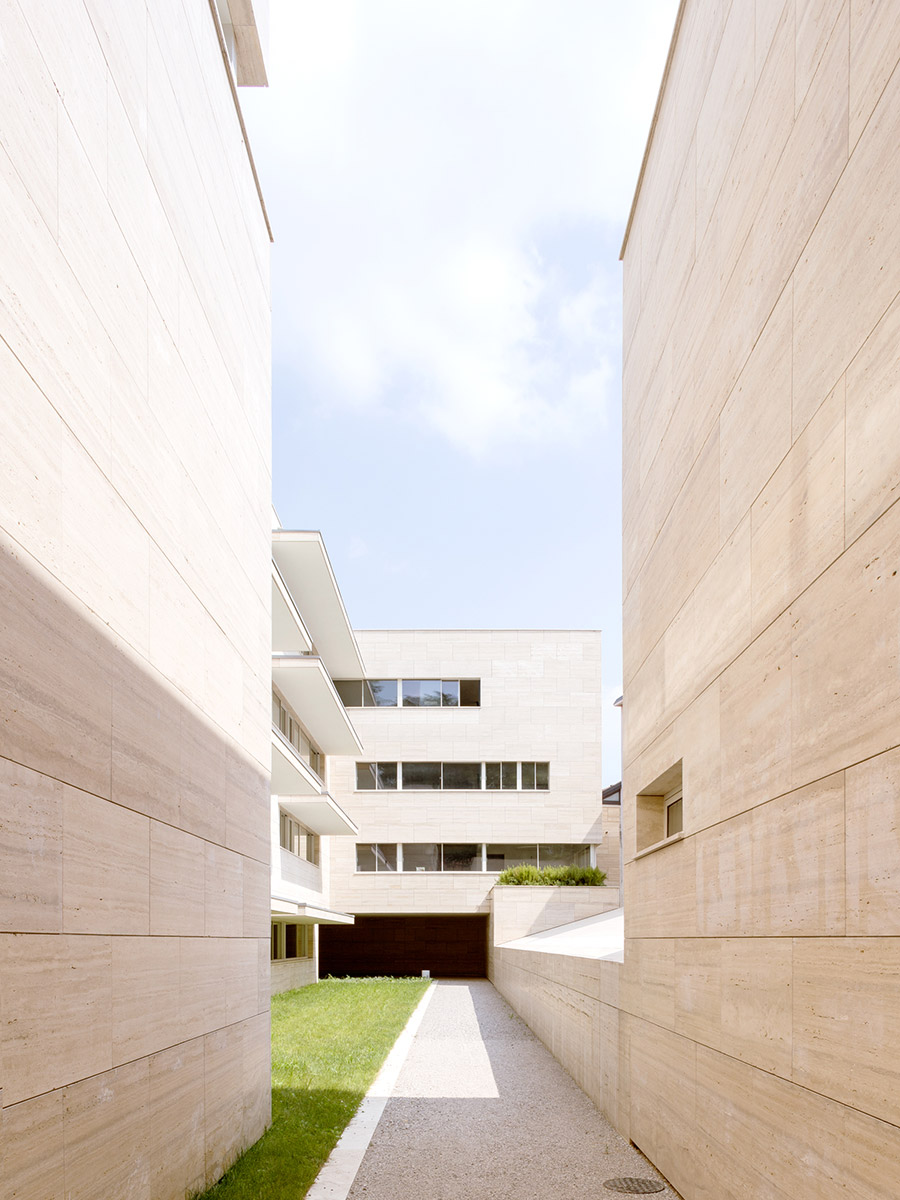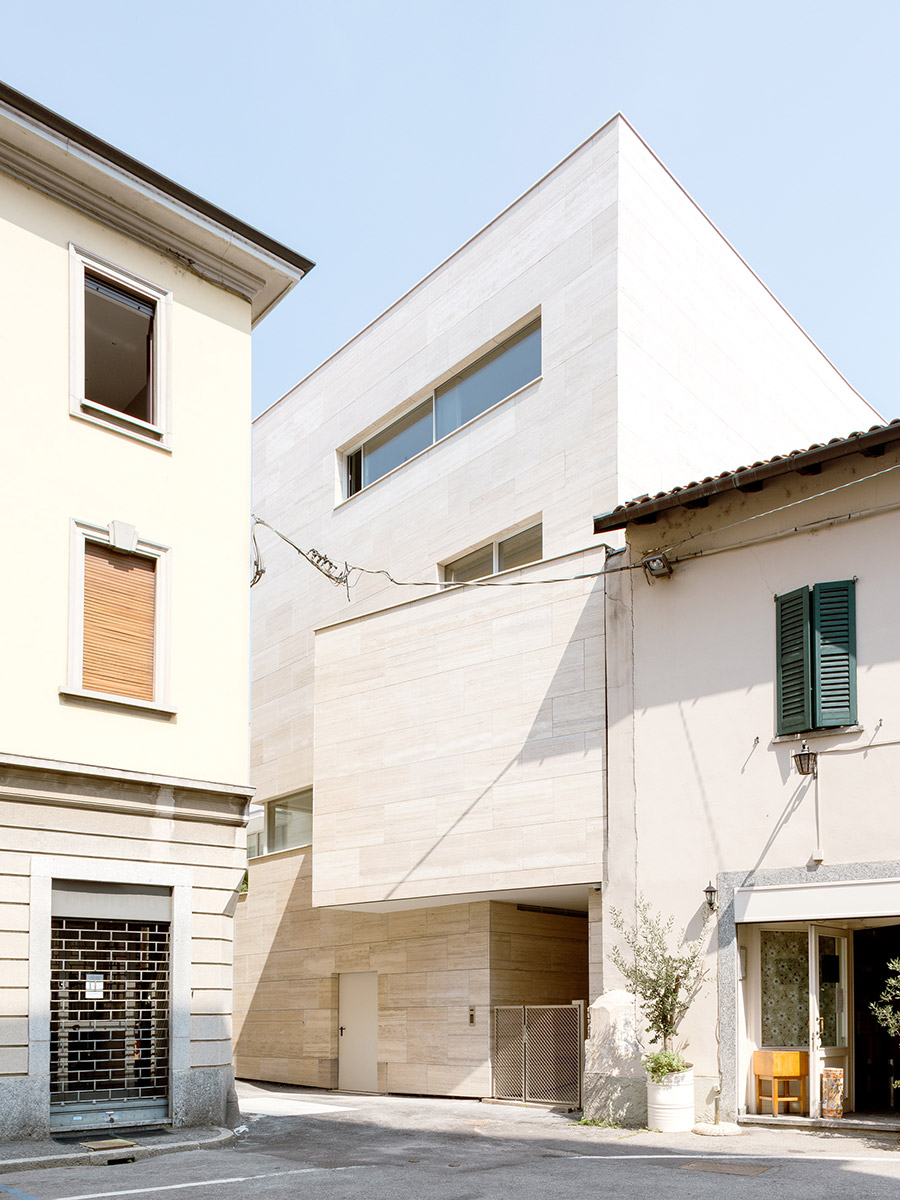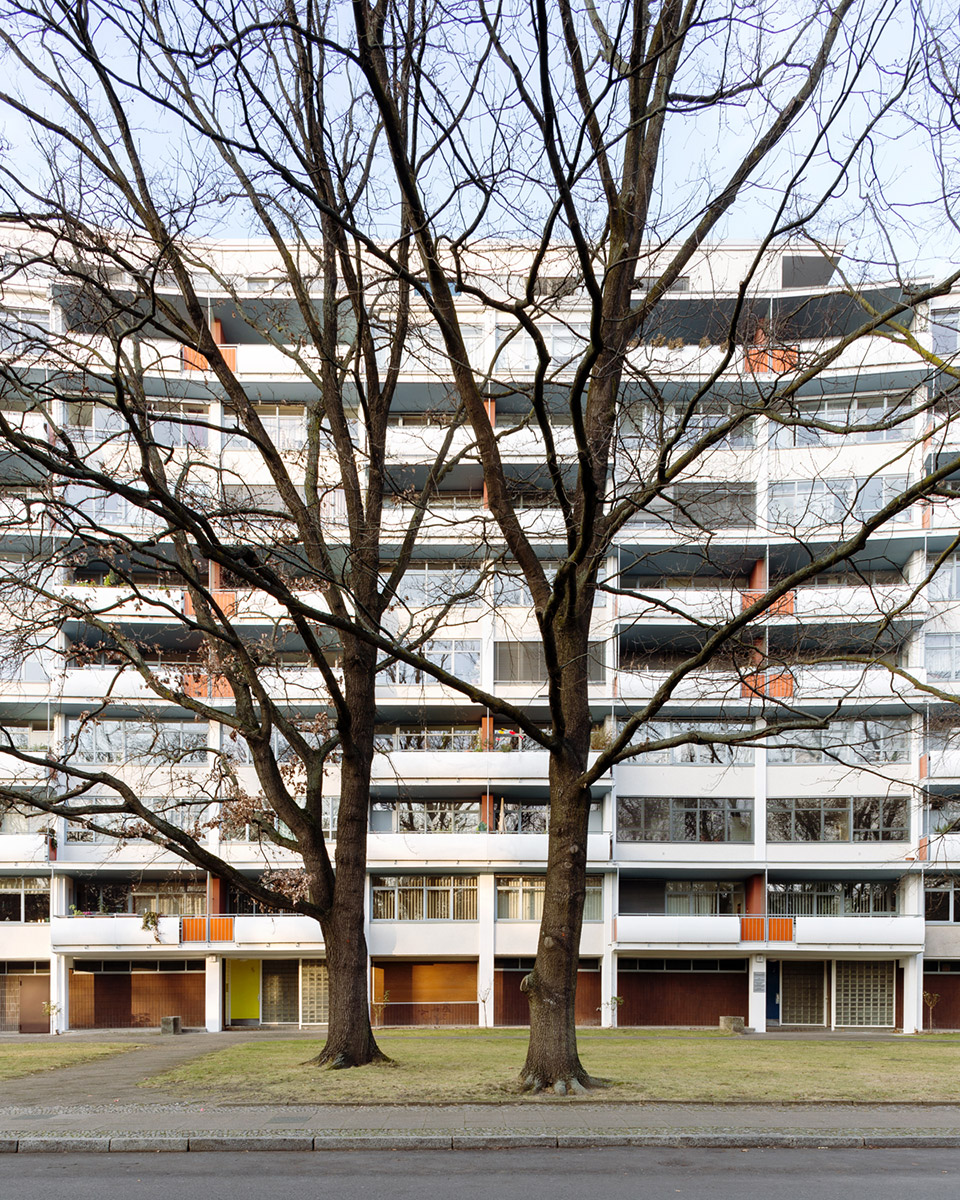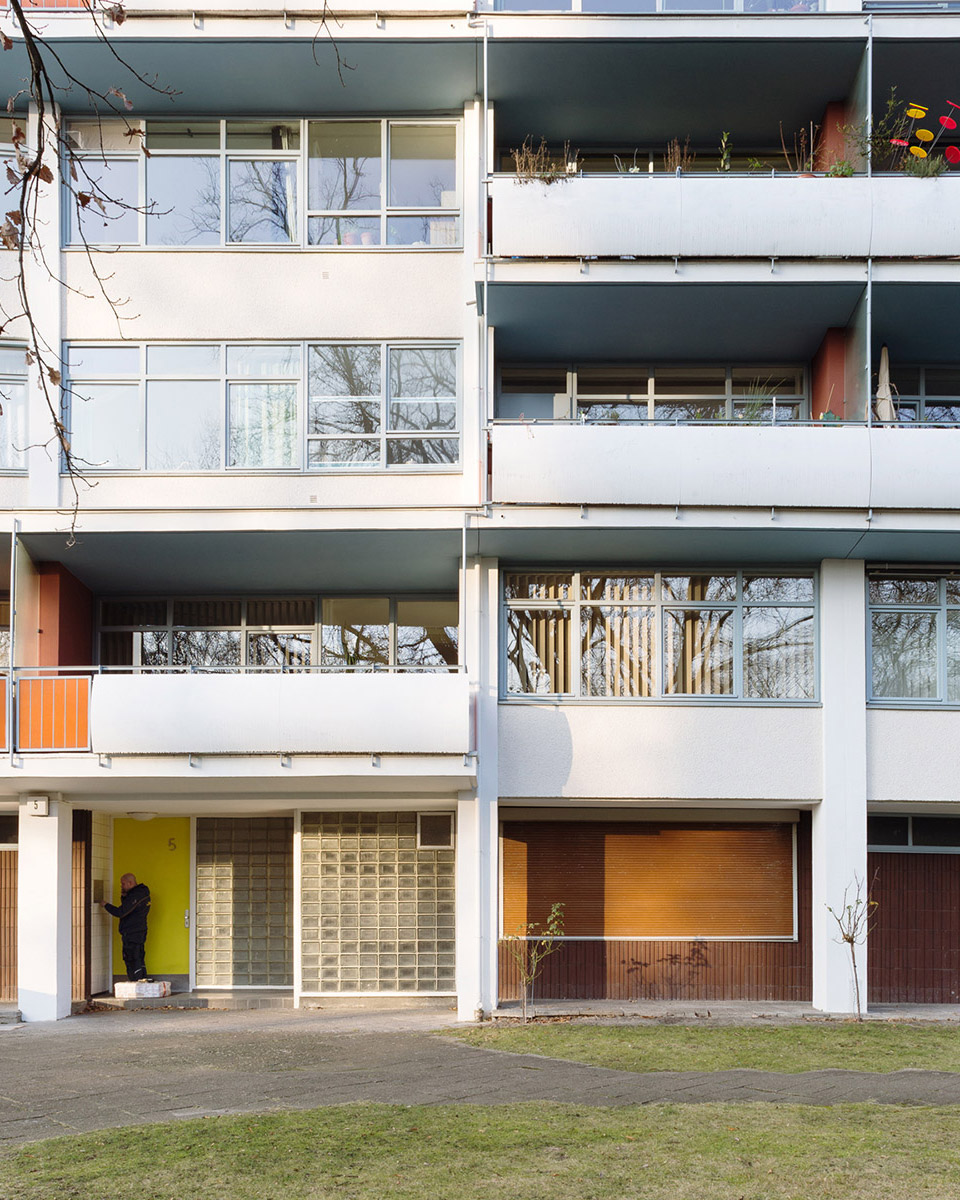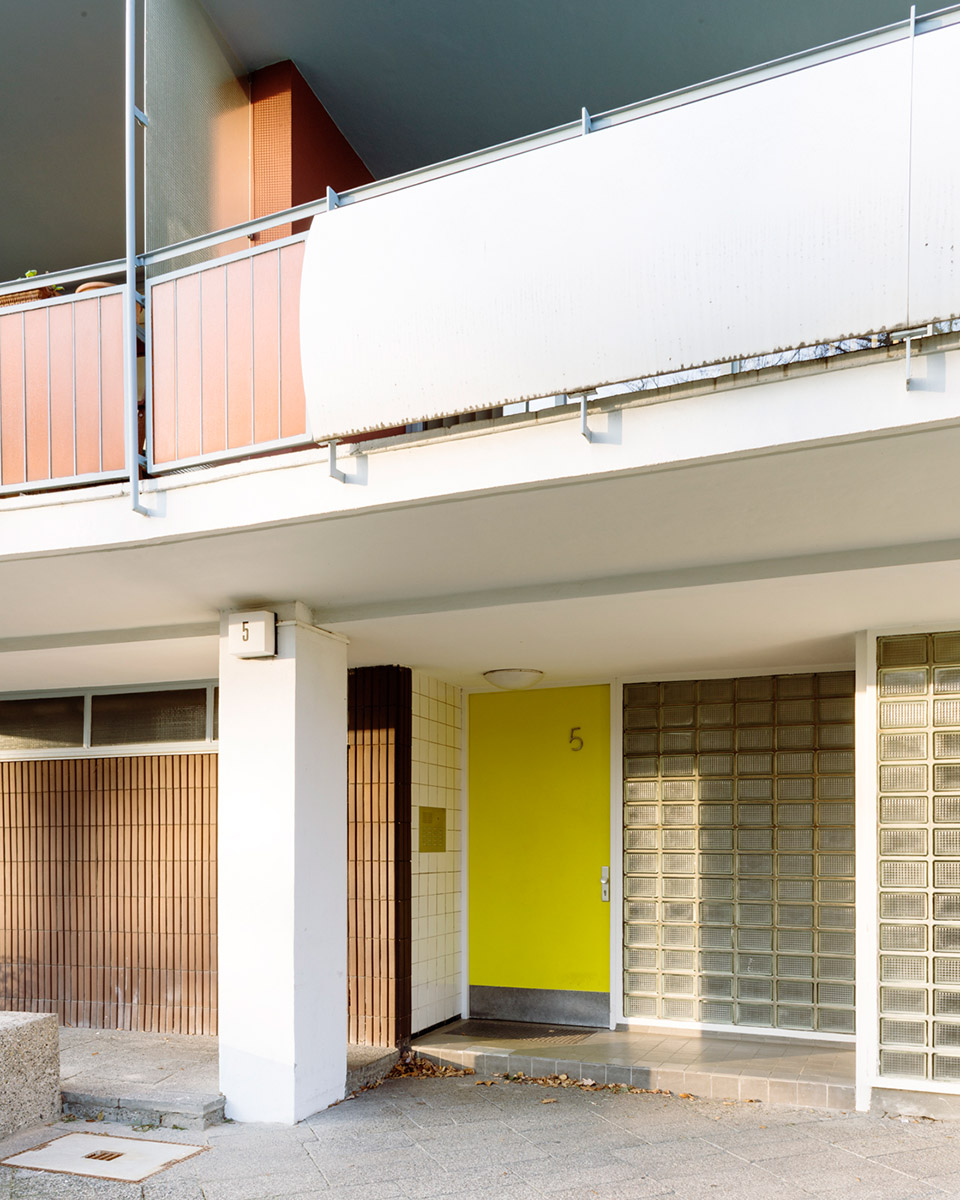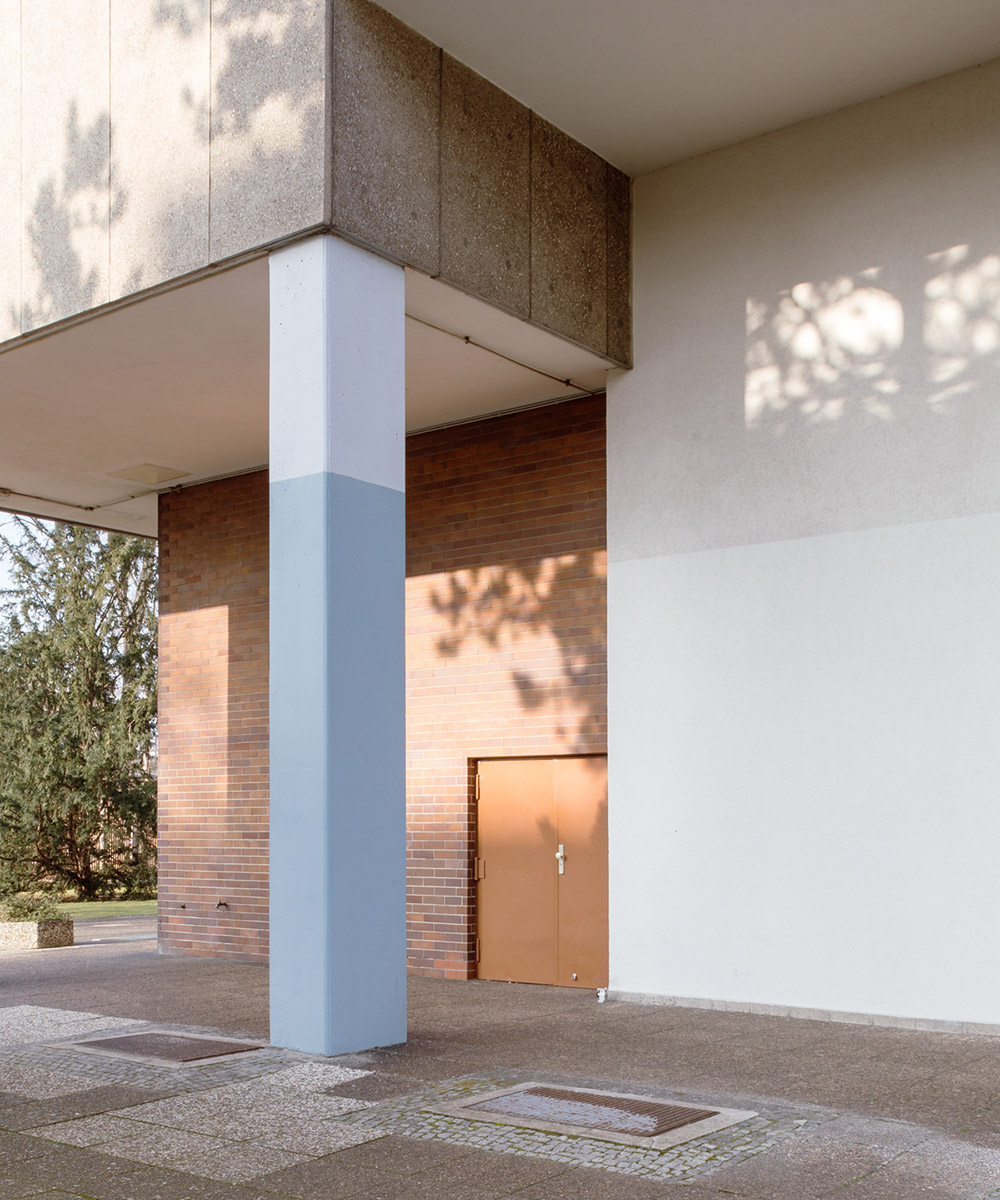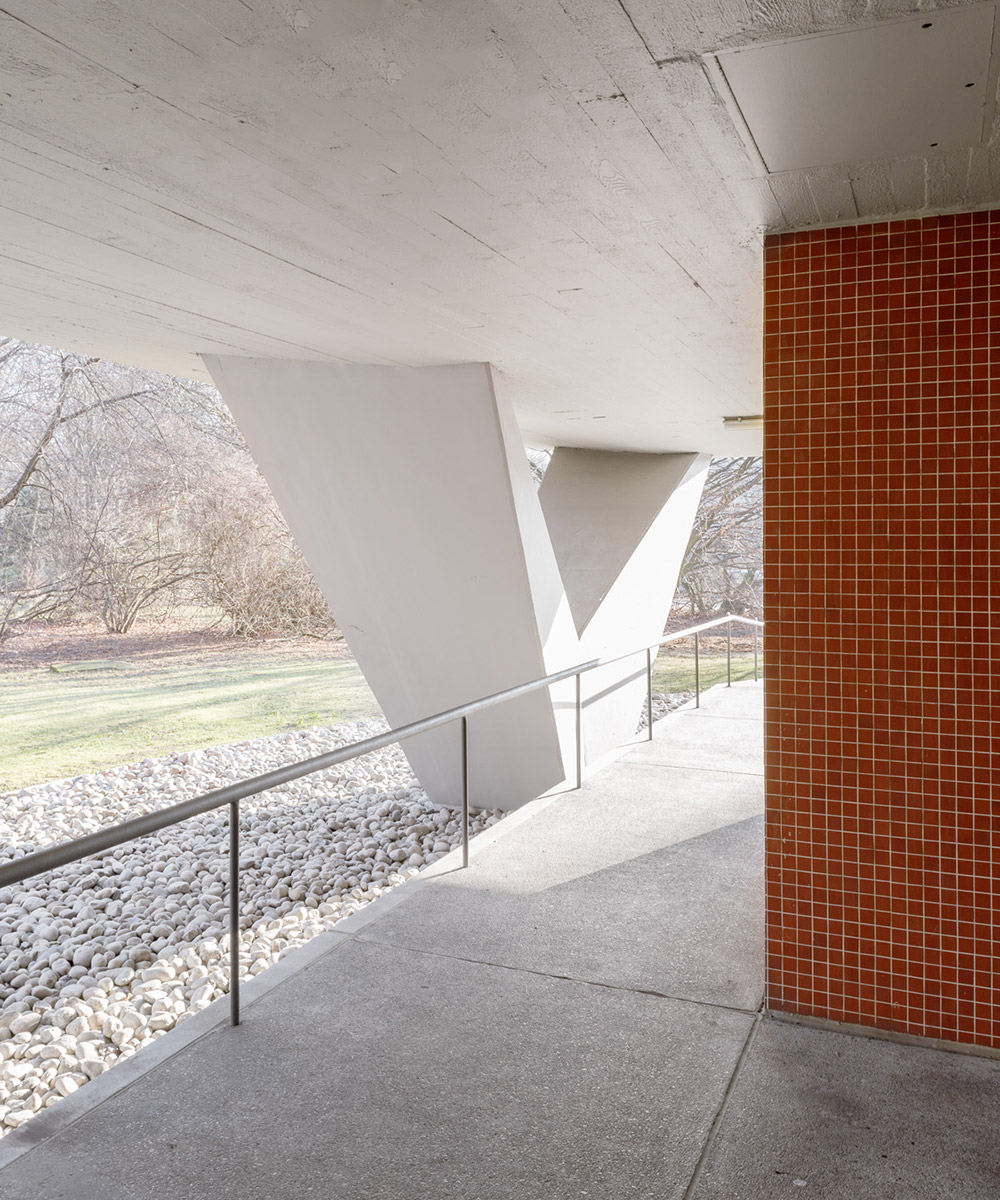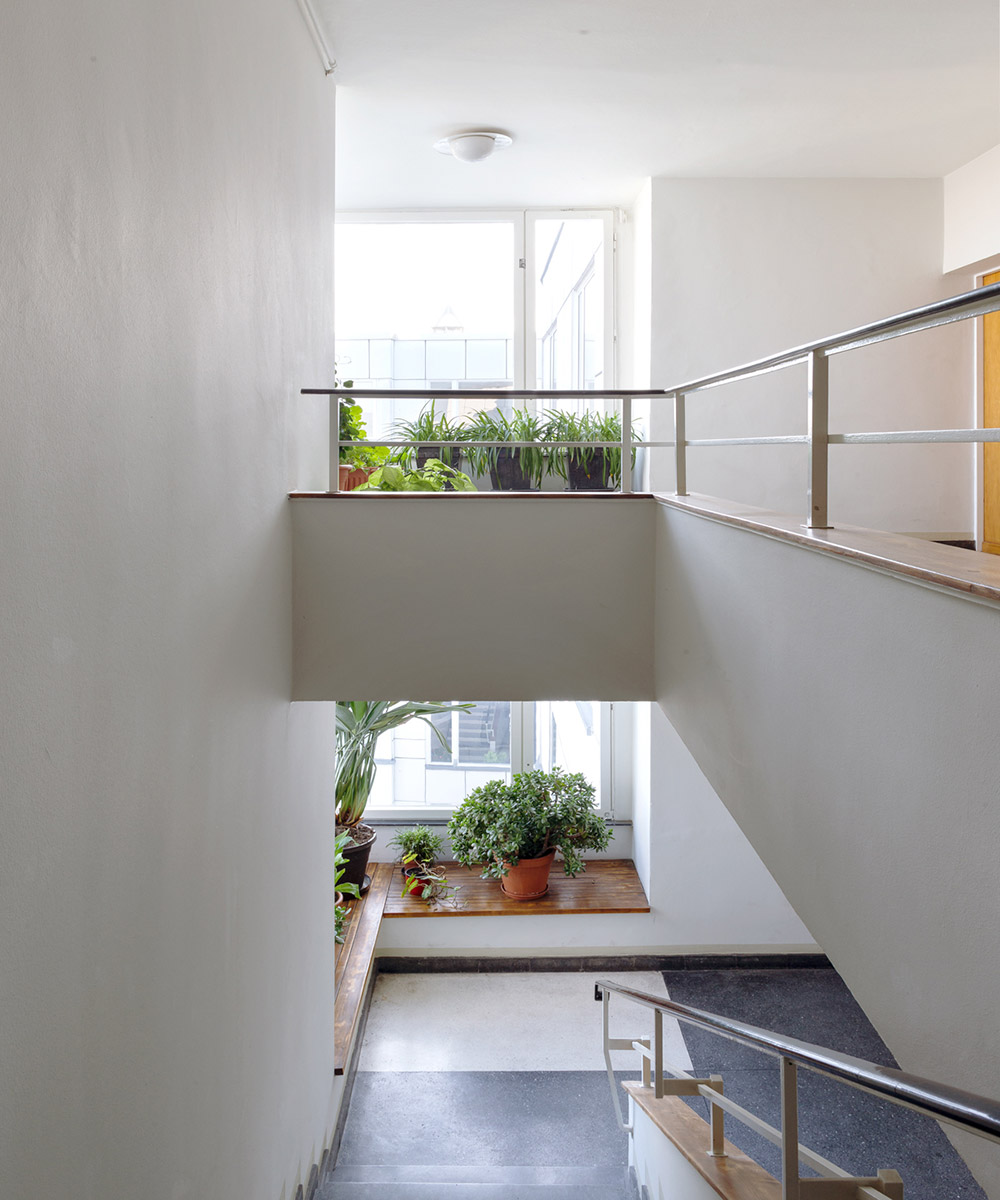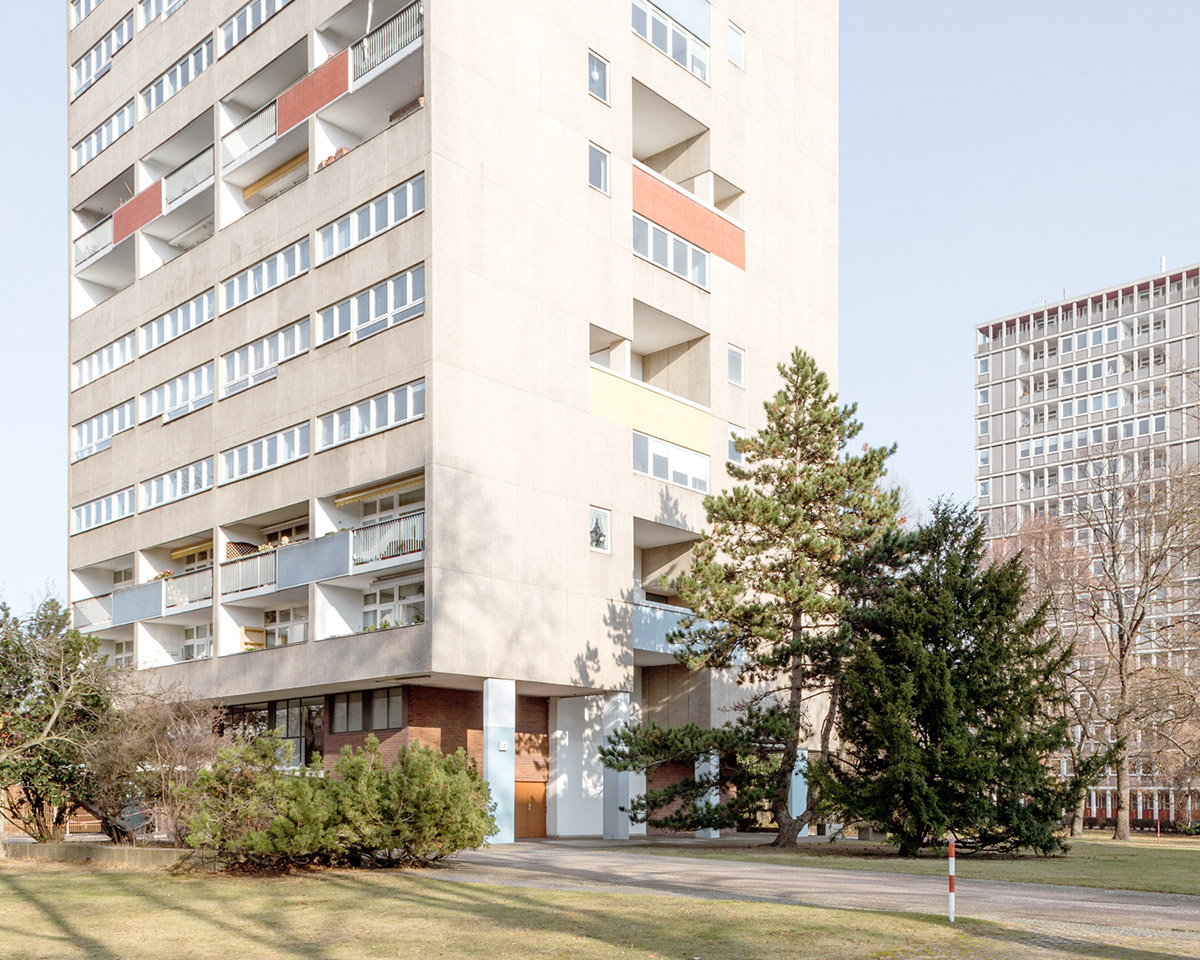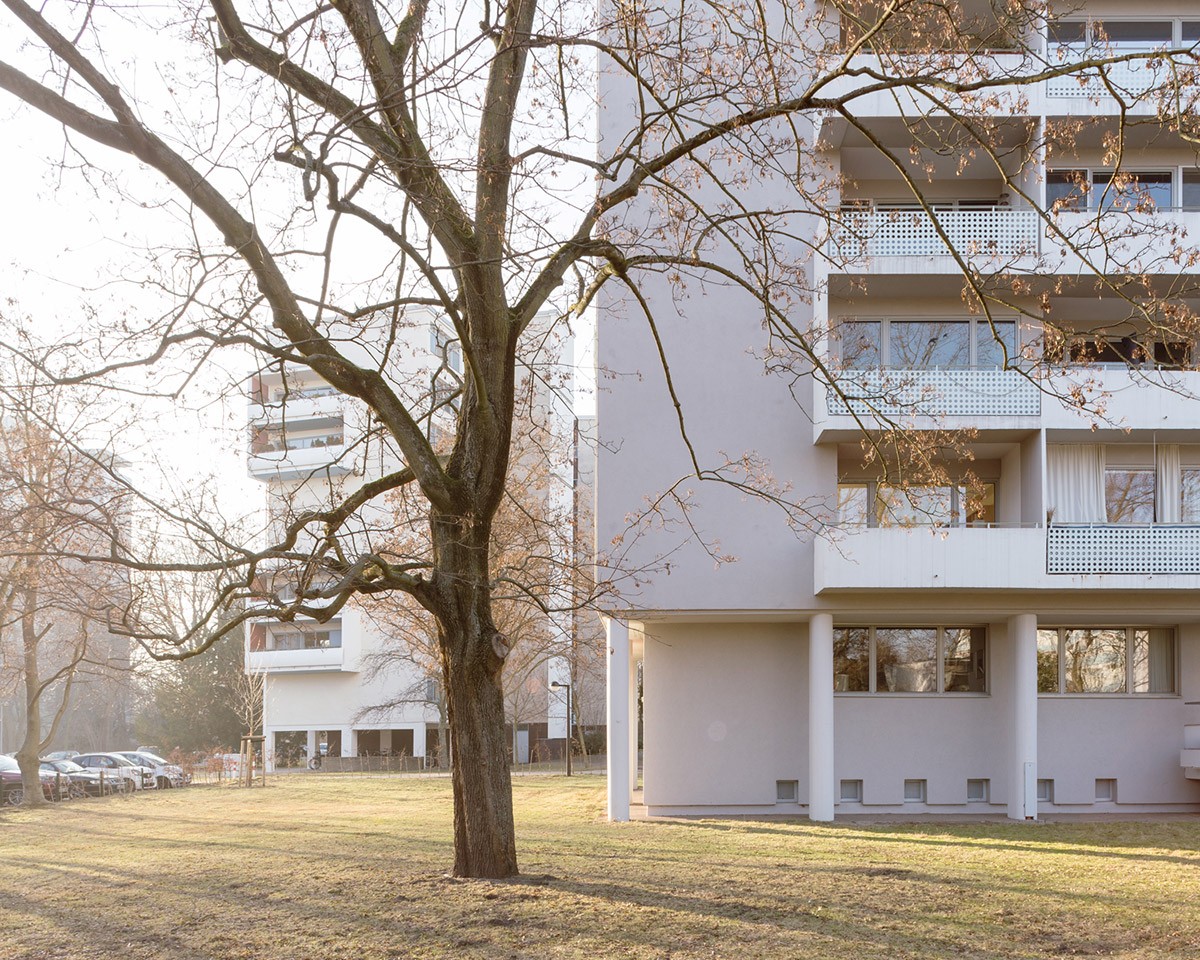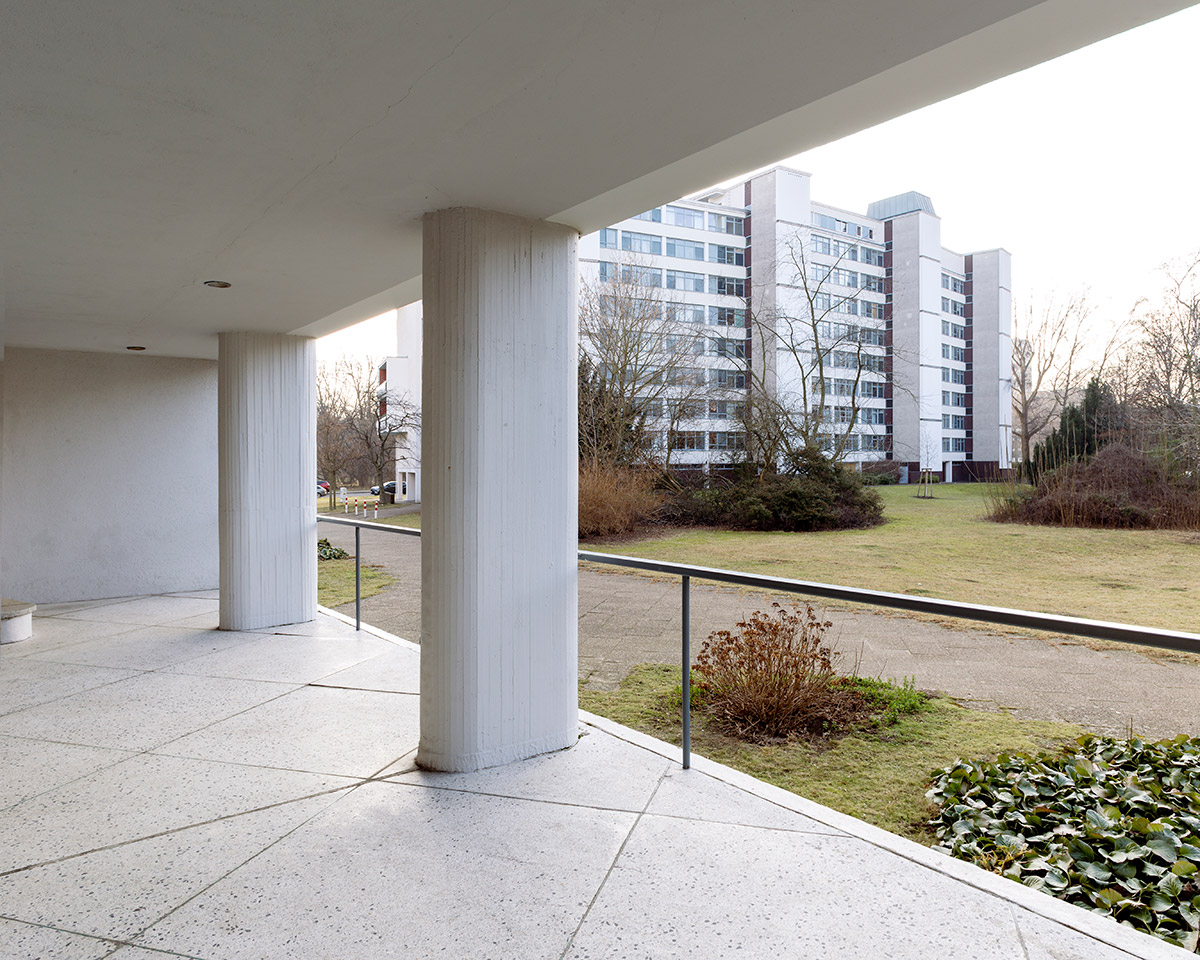21/001
Francesca Ióvene
Photographer
Berlin / Milan
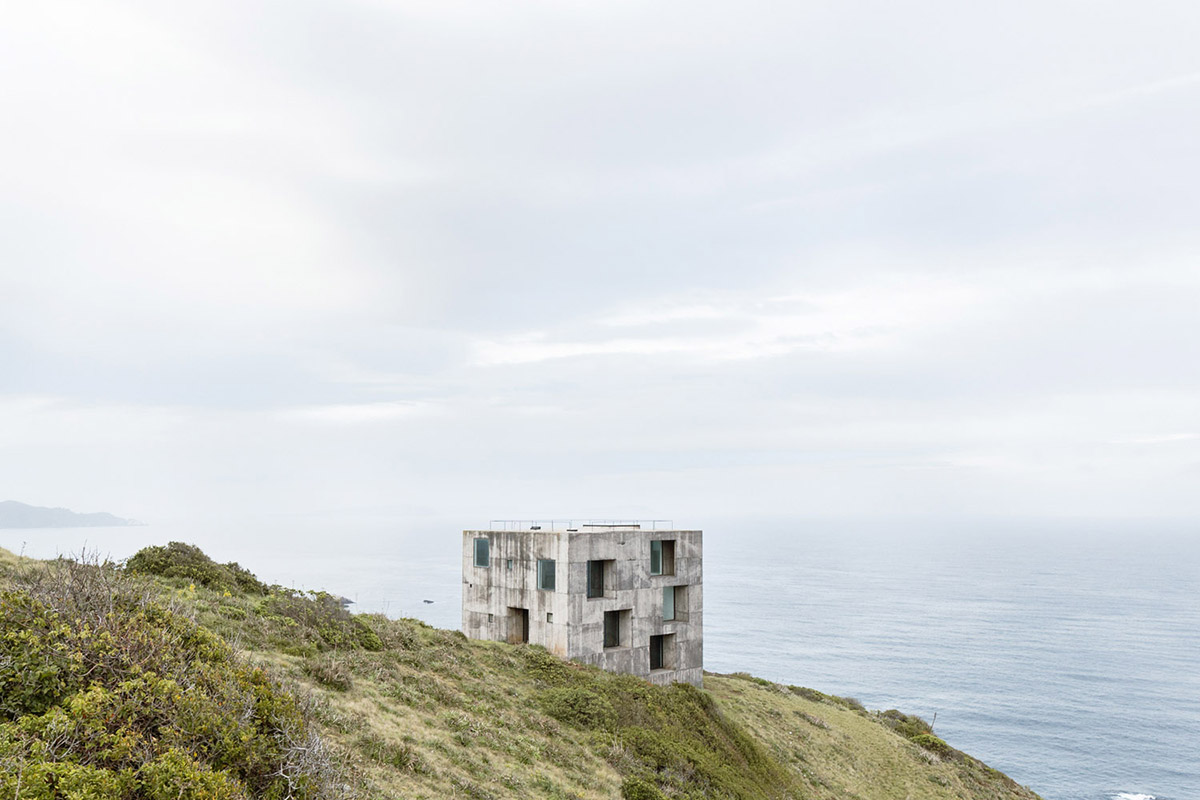
«We need to reinforce the common perception of cities as political entities, of architecture as a political tool.»
«We need to reinforce the common perception of cities as political entities, of architecture as a political tool.»
«We need to reinforce the common perception of cities as political entities, of architecture as a political tool.»
«We need to reinforce the common perception of cities as political entities, of architecture as a political tool.»
«We need to reinforce the common perception of cities as political entities, of architecture as a political tool.»
Please introduce yourself…
I grew up in Brescia, north Italy. I changed place to live several times since my childhood, I studied architecture in Milan, then moved for one year to Valparaíso (Chile) to continue my studies. Now I have a multidisciplinary practice in Milan - fōndaco studio - but I live in Berlin. I live my life between Italy and Germany, I guess I could say of myself that I am some kind of nomad. I keep searching for strategies to find a visual dialog between myself and the outside world, focusing on built environment and natural landscape with a keen eye for atmospheres and memories. I usually work with architects, universities and publishers for assignments, while I do photographic research about different themes.
How did you find your way into the field of architecture and photography?
When I was studying architecture I started photographing because I needed a tool to reflect and explore the surroundings. I thought that photos could help me to fix and keep trace visions and ideas, since I didn’t draw so well. I started reading about photography, not only related to architecture, and I became passionate about it. When I went in Chile to finish my studies and start my master thesis, I felt the urgency to use photography not only for architecture. I started a transition: if in the beginning photography was a tool, at this point it was becoming the focus. I can say that my university, Politecnico di Milano, and my exchange in Chile gave me the start.
What comes to your mind, when you think about your time at university?
My thesis project was on the Atacama desert. When I think about my university years I think about Milan, Atacama and Valparaíso. How it was to start photographing landscapes and scenarios that didn’t speak to me in the way Italian and European ones did. I think things spoke differently to my eyes and I had to get use to it and to approach them in a certain way to be able to photograph them. It was like learning a new language. Training my eye to a different visual language is a very useful skill and it’s still impacting my work greatly.
How would you characterize Berlin as location for working in the field of architecture? How is the Berlin influencing your work?
Berlin for me is like an introvert person, you need a lot of patience to know it and discover all the sides of it. It is incredibly big and the architecture is very different from the one of Milan, there’s a different stratification of buildings and stories. It feels like when I was in Chile, trying to learn how to look at things again. Berlin has this bright summer and very dark winter, I am still getting used to it. I usually have the habit to wake up very early and go out to photograph architecture when there is few people around and the light is soft and tender, and this last summer this habit was put to the test by sunrise - incredibly early for me - but it’s a very good exercise of devotion. Infrastructures stretch greatly and I am really attracted by train tracks and how they intertwine with the city fabric. Also, I really like the idea to live in a city with a river, it is the first time that happens to me.
What does your desk/working space look like?
My Berlin desk is a mess, I am still in between houses and I am building my own working space. However, fōndaco studio in Milan is located on the side of the Church San Luca Evangelista by Gio Ponti. I can’t resist, when I’m there I keep photographing it from my window. I check how the building changes depending on the light and the time of the day. Here’s three recent pics:
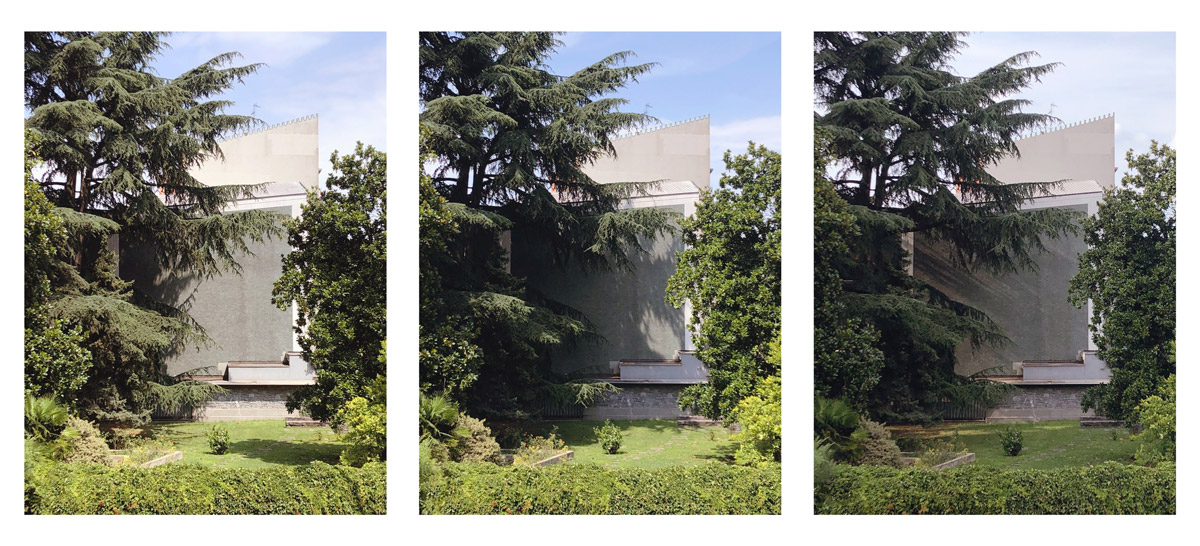
Milan – Gio Ponti, Church San Luca Evangelista
For you personally, what is the essence of architecture?
Architectures, landscapes and cities are something that I can only represent evoking my own feelings and experiences about those places, memories about them or similar situations. I always think that when I photograph a particular space I’m photographing also what it remembers me and all other spaces like that I have been, and I would like that the same can happen to who look to my images. In a certain way, for me architecture and places in general are states of mind. For this reason I usually love to choose accurately the light to shoot, both for commissioned works and personal projects, because a specific moment of the day can help me better to experience the architecture and communicate my way of see it.
Name your favorite …
Book: Lunario, by Guido Guidi, is one of them. I really love how something important for us can be seen in everything, in always different ways.
Person: I am inspired by a lot of people actually, for sure in the list there are Hélène Binet, Alec Soth, Teju Cole, Luigi Ghirri and many others.
Building: Z33 house for contemporary art by Francesca Torzo
City: I’d say Valparaíso.
What needs to change in the field of architecture according to you?
How do you imagine the future? I always thought that politics couldn’t be separated from architecture, of course they have never been. The city is political. I appreciate the fact that the discussion about equality, climate change, feminism and similar topics are more present than ever and I hope that it will continue this way. We need to reinforce the common perception of cities as political entities, of architecture as a political tool. We cannot ignore it, when we do it we endanger our lives as citizens.
How changed corona the way you work?
I was in the middle of a reflection about exploring a new city that needed to become practice. Corona slowed down this process, now I am bringing it back. Also, like Nick Cave said in his beautiful newsletter some months ago, “For me, this is not a time to be buried in the business of creating. It is a time to take a backseat and use this opportunity to reflect on exactly what our function is — what we, as artists, are for.”
Project 1
Residential Complex
Álvaro Siza + COR Arquitectos
Gallarate
This summer I received the assignment from Domus Web to shoot the new project in Italy of Álvaro Siza built together with COR Arquitectos. It is a residential complex in Lombardy, in the north of Italy. I chose to arrive there pretty early in the morning: when I saw the pictures of the building site to prepare myself for the shooting, I immediately thought that I wanted to catch the gold soft light on the travertine. Then I stayed there almost all day, to observe lights and shadows change in the spaces between the volumes, making the colors of the buildings always different.
Project 2
Hansaviertel
Berlin
Recently I started a series about Hansaviertel, the social housing district in Berlin, it is an on going project. The first time I visited that part of the city in a winter afternoon, I experienced a beautiful light and quietness. The aim is to represent the combination of the present way of living and the modernist architecture in the neighborhood.
Website: http://www.francescaiovene.com
Instagram: @francescaiovene / @fondaco_photography
Images: © Francesca Ióvene
Interview: kntxtr, kb, 01/2021
